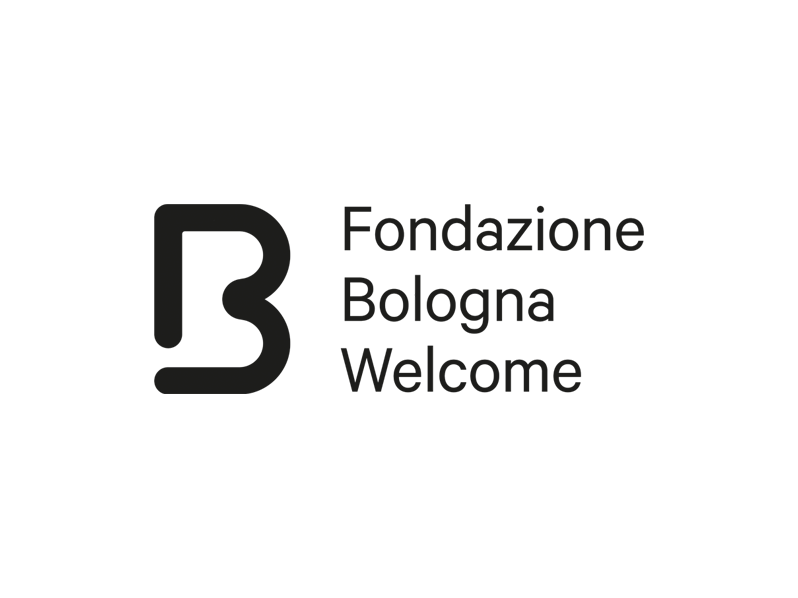The history of Cinema in Bologna
Updated on 20 March 2020 From Bologna Welcome
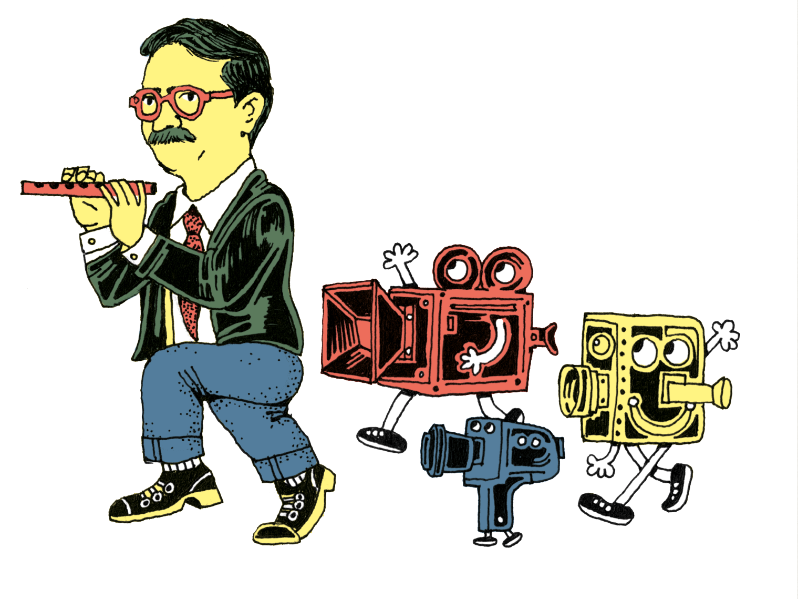
Gian Luca Farinelli, director of the Cineteca di Bologna since 2000. In 1986, together with Nicola Mazzanti, he created "il Cinema Ritrovato": the festival dedicated to the history of cinema and the activities of film libraries, which is now considered one of the most prestigious in the sector.
Bologna was not born as a city of cinema, the city of cinema has always been Rome, in Italy. Yet, Bologna has always boasted and still boasts a great tradition in this field: the rich fabric of the cineclubs (let us remember the first art-house cinema in Italy, the Roma cinema, in the Sixties) as well as the thoughts and words of the intellectuals is what created and determined the present cinematographic knowledge (let us think of Renzo Renzi and of his series, for the publisher Cappelli, "From the subject to the film"). 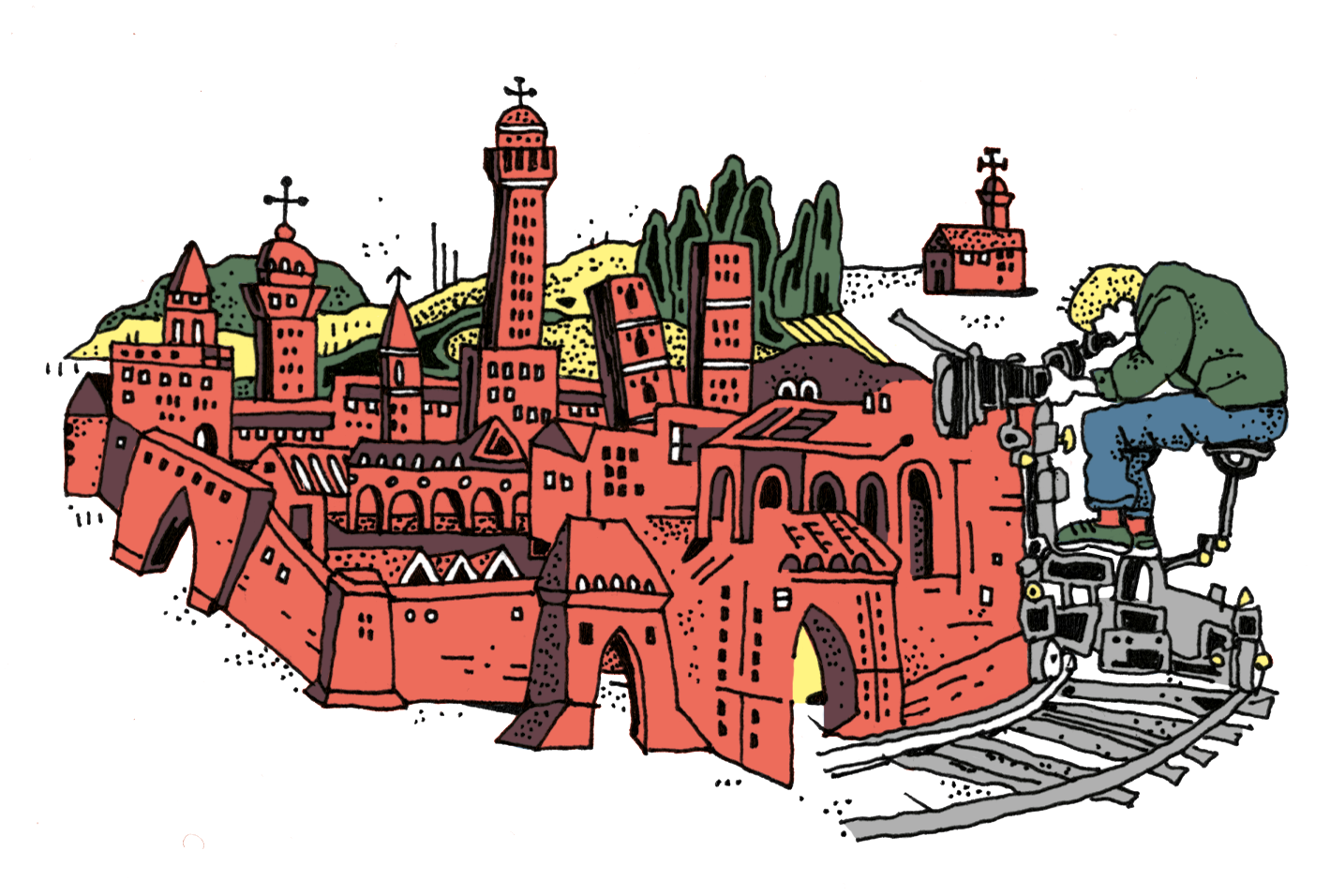 A fertile ground on which the Bologna Film Archive was born and is now consolidated, which in the wake of this tradition brings its rooms to life, those of the Lumière Cinema, and collects each year thousands of locals and moviegoers from all over the world, for two months during the summer, for Il Cinema Ritrovato and for Sotto le stelle del Cinema, the latter event projecting films in the most beautiful movie theatre in the world, Piazza Maggiore. All this while we wait for theatres with an ancient and centuries-old tradition like the Fulgor to turn their screens back on, as has already happened with the Cinema Modernissimo.
A fertile ground on which the Bologna Film Archive was born and is now consolidated, which in the wake of this tradition brings its rooms to life, those of the Lumière Cinema, and collects each year thousands of locals and moviegoers from all over the world, for two months during the summer, for Il Cinema Ritrovato and for Sotto le stelle del Cinema, the latter event projecting films in the most beautiful movie theatre in the world, Piazza Maggiore. All this while we wait for theatres with an ancient and centuries-old tradition like the Fulgor to turn their screens back on, as has already happened with the Cinema Modernissimo.

Bologna is a city with many possible settings. One of its most beautiful architectural views, the Portico dei Servi in Strada Maggiore, becomes the poignant journey of Edipo Re (1967) catapulted into the contemporary era by a great Bolognese writer and film-maker, like Pier Paolo Pasolini. From that Portico, describing the side streets of medieval Bologna, we find the Bertolucci brothers, Bernardo and Giuseppe, at work in the short film Bologna 90, who, on the occasion of the World Cup, depict the soul of the city in a few minutes, following a little girl running. And here the children are again the main characters, the pupils of a very special teacher: Roberto Benigni, sneaking in the Bologna suburbs of the Navile District, led by Marco Ferreri in Chiedo asilo (1979). While today we are here to ask ourselves: would we have ever imagined that the road in which Diabolik speeds along was via Marconi? The Manetti Bros. confirm this for sure!
To describe Bologna through cinema also means describing the university world and that phase of life that passes through the classrooms of via Zamboni. Renato De Maria did this with Paz!, inspired by a figure, who has now become mythical, that is that of Andrea Pazienza, an out-of-home student. 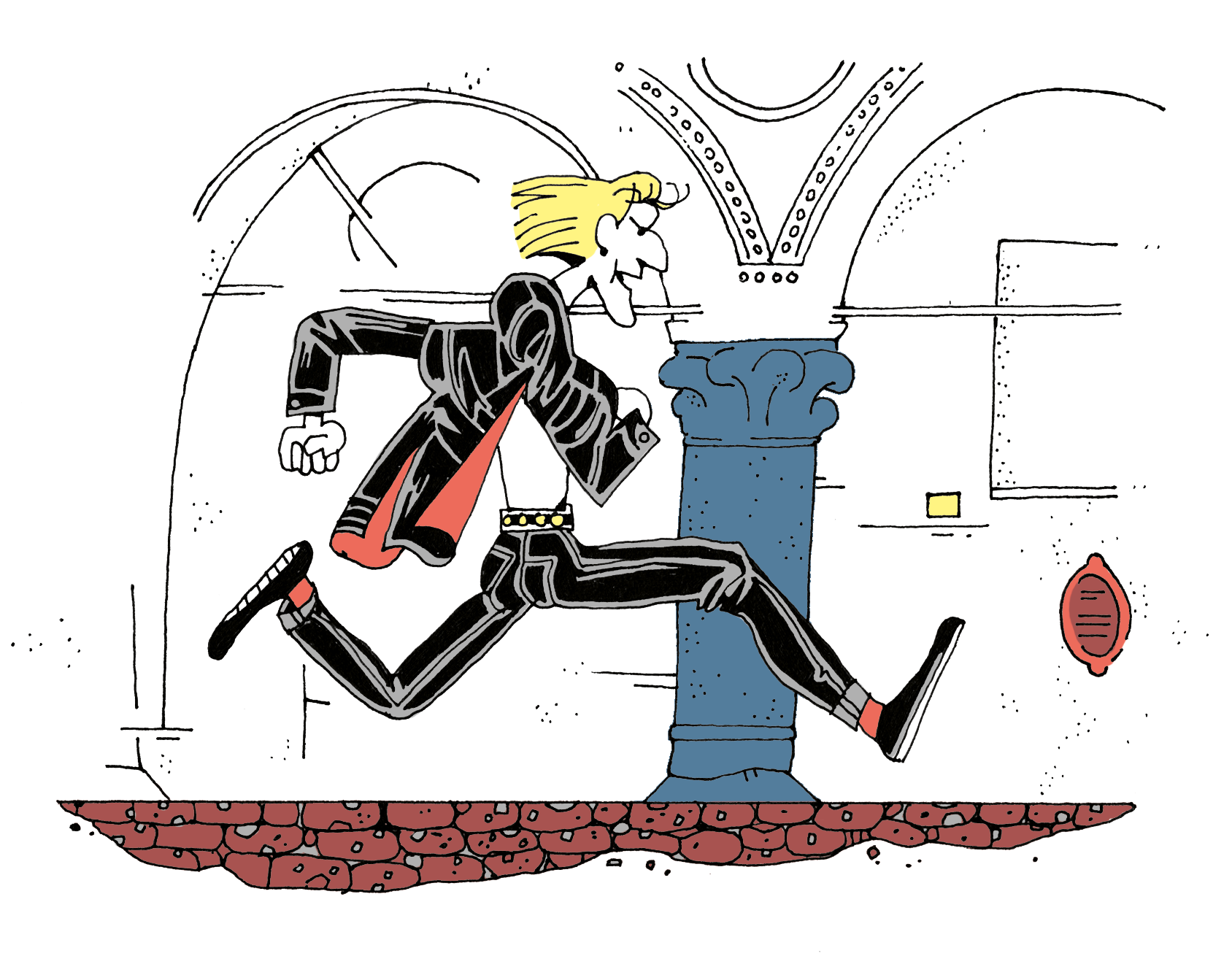
The world of students, the experience of Radio Alice are, instead, at the centre of Lavorare con lentezza by Guido Chiesa. Then there are those who have never been able to forget their life as a student, like the main character of E allora mambo!, debut by the Bolognese screenwriter Fabio Bonifacci for the producer, Beppe Caschetto, also from Bologna. And then there is the image of the end of civilisation, sculpted by Ermanno Olmi in the University Library: the image of the books fixed at the tables by his Centochiodi.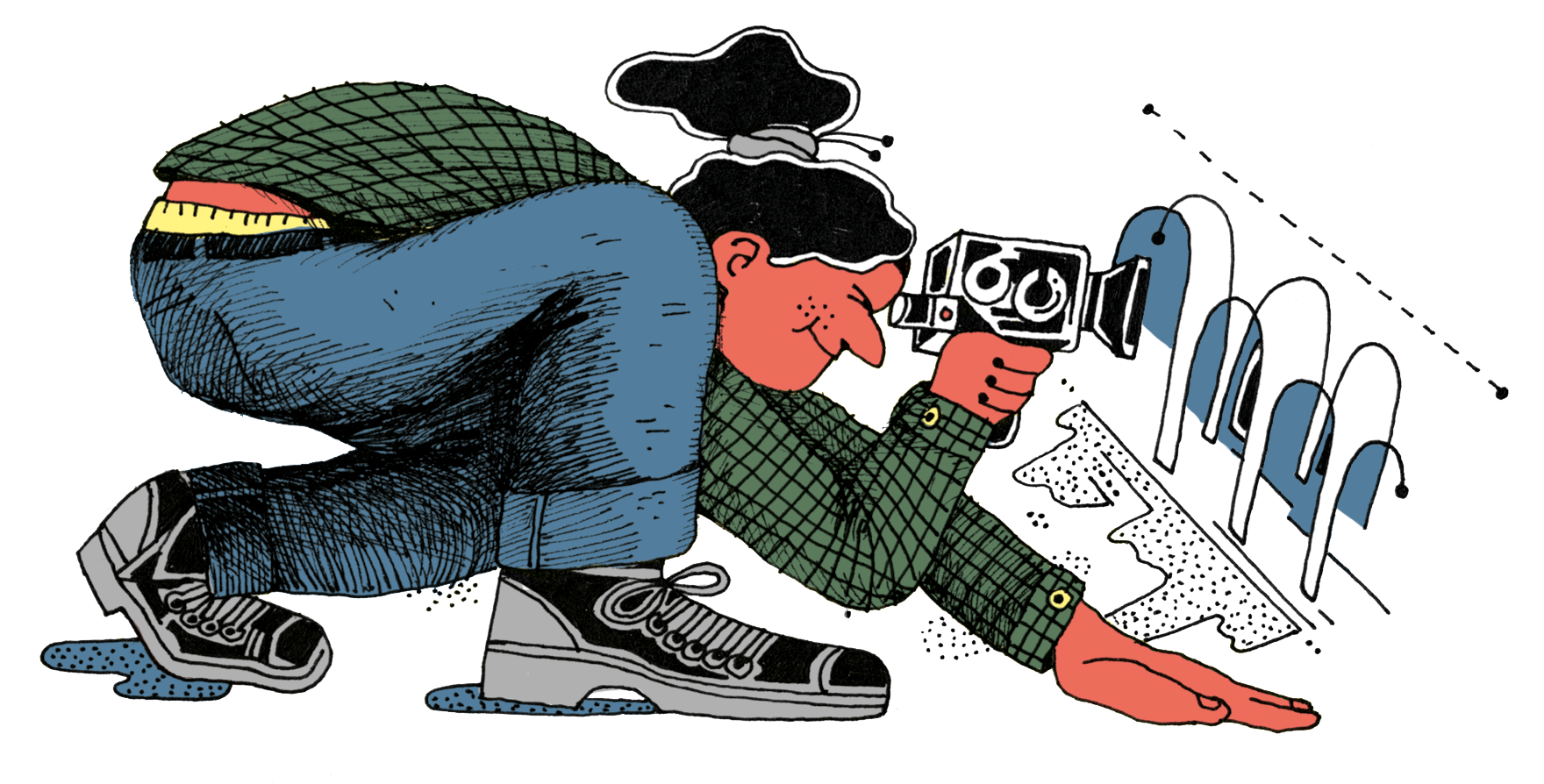
There is a director, perhaps unique in the world, who has set half of his films in a single city. And let's talk about a long and important filmography! Today we can say that "The Bologna of Pupi Avati" is almost a genre in itself. Avati shows us Bologna of the past and present, its nights, its jazz. But he also digresses in the countryside (at Villa Pallavicini we meet the young Mozart of Noi tre and takes us in Una gita scolastica in collina. 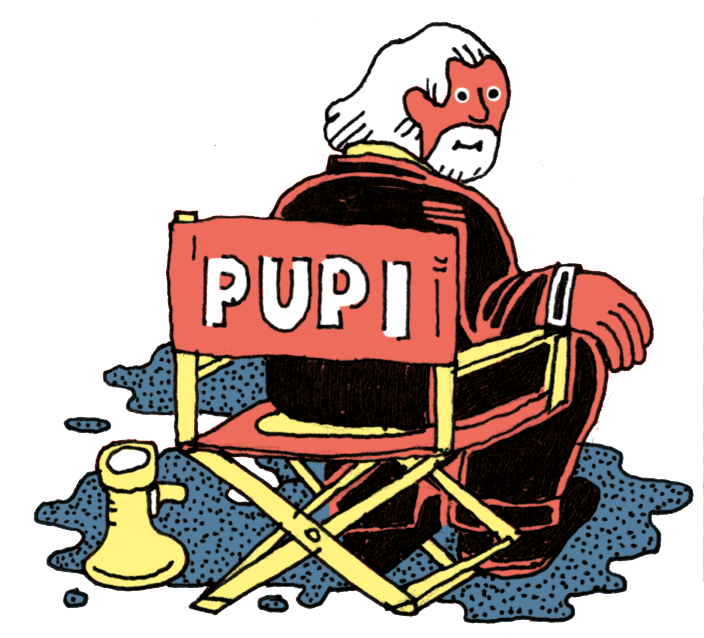
That hill, now almost mountain, where we find the Rocchetta Mattei fortress that Marco Bellocchio chooses for his Pirandellian transposition of Enrico IV with Marcello Mastroianni and Claudia Cardinale. Or where Giorgio Diritti stages one of the great tragedies of our territory, the Monte Sole massacre perpetrated by the Nazis, with L’uomo che verrà.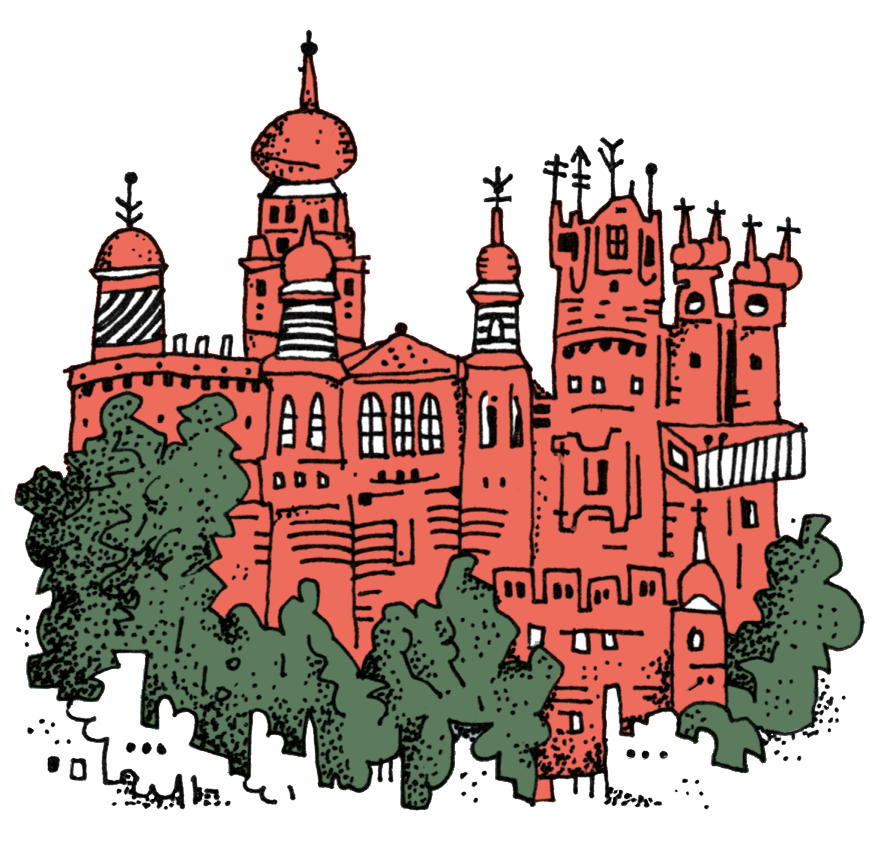
Artworks by Edoardo Massa
